A Black Skimmer demonstrates its unusual feeding technique at Merritt Island National Wildlife Refuge, Florida, 3 Feb. In this second of a two-post series, I describe to you my recent experiences birding in my home state of Florida. (Click here for Part 1.)
by Craig Brelsford
Founder, shanghaibirding.com
On Tues. 28 Feb., Elaine Du and I returned to Shanghai, having spent most of the previous six weeks in the United States. Amid family reunions and other business, my wife and I noted 151 bird species.
We birded mainly in Volusia County in central Florida. We took a five-day trip to southwest Florida and birded a day in Nassau, capital of The Bahamas. We deepened our understanding of Nearctic avifauna and noted its many similarities to and differences from the birds of China.
BIRDING AND FAMILY
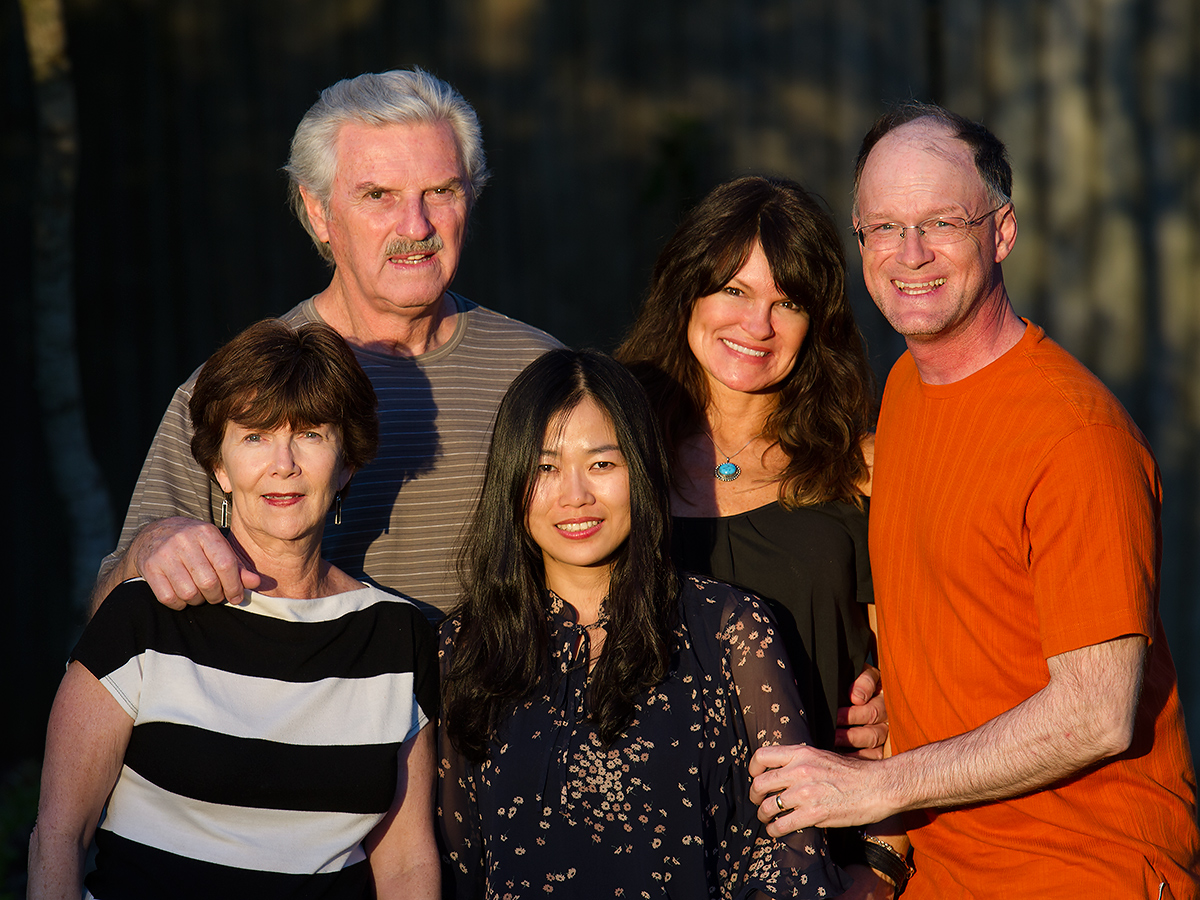
We seamlessly mixed in birding with daily life, something easy to do in Florida. The very subdivision in which my parents live holds endemic Florida Scrub Jay as well as Florida Sandhill Crane Grus canadensis pratensis. Ponds, even those along busy highways, hold Wood Stork Mycteria americana. A fixture in coastal towns are Brown Pelican Pelecanus occidentalis and Ring-billed Gull Larus delawarensis.
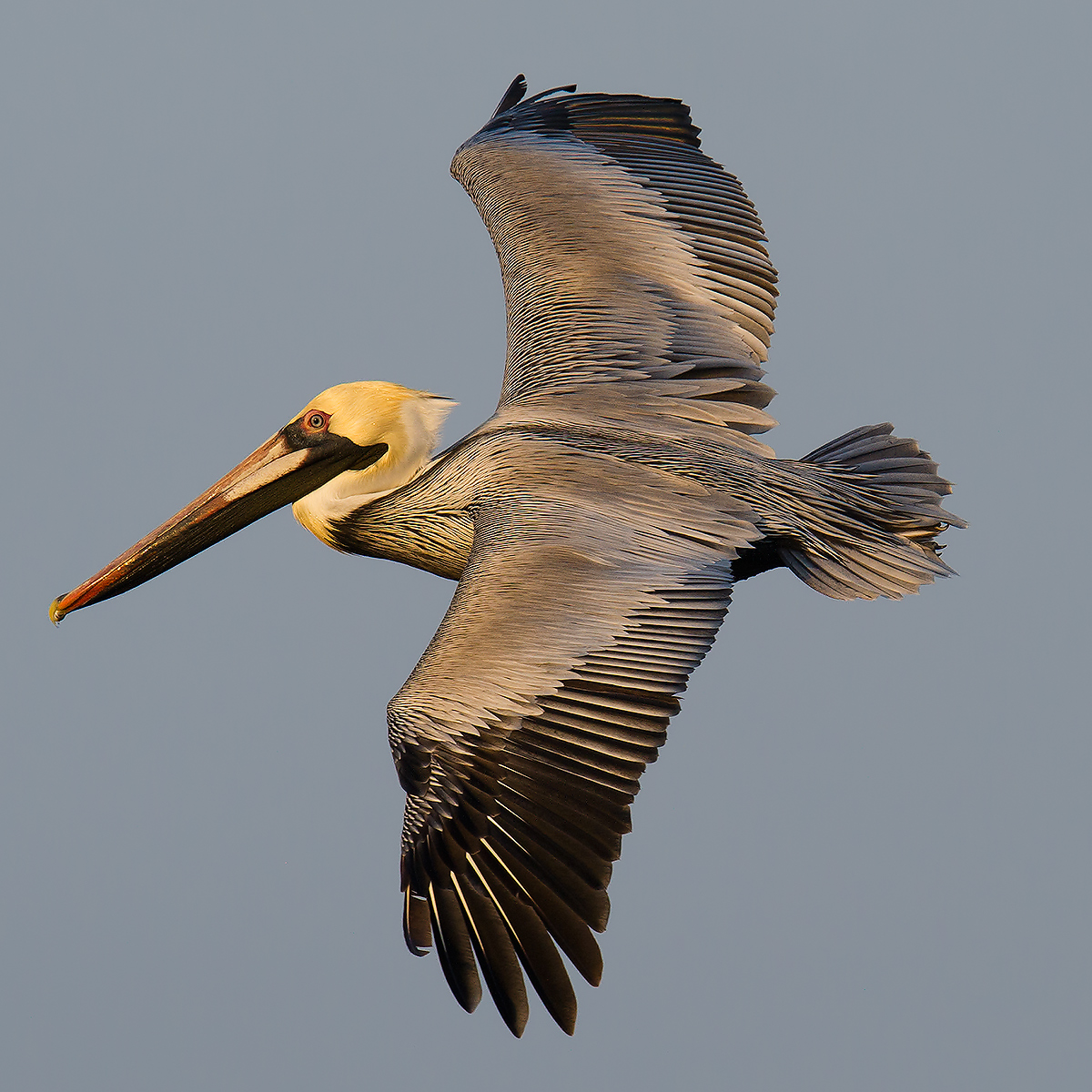
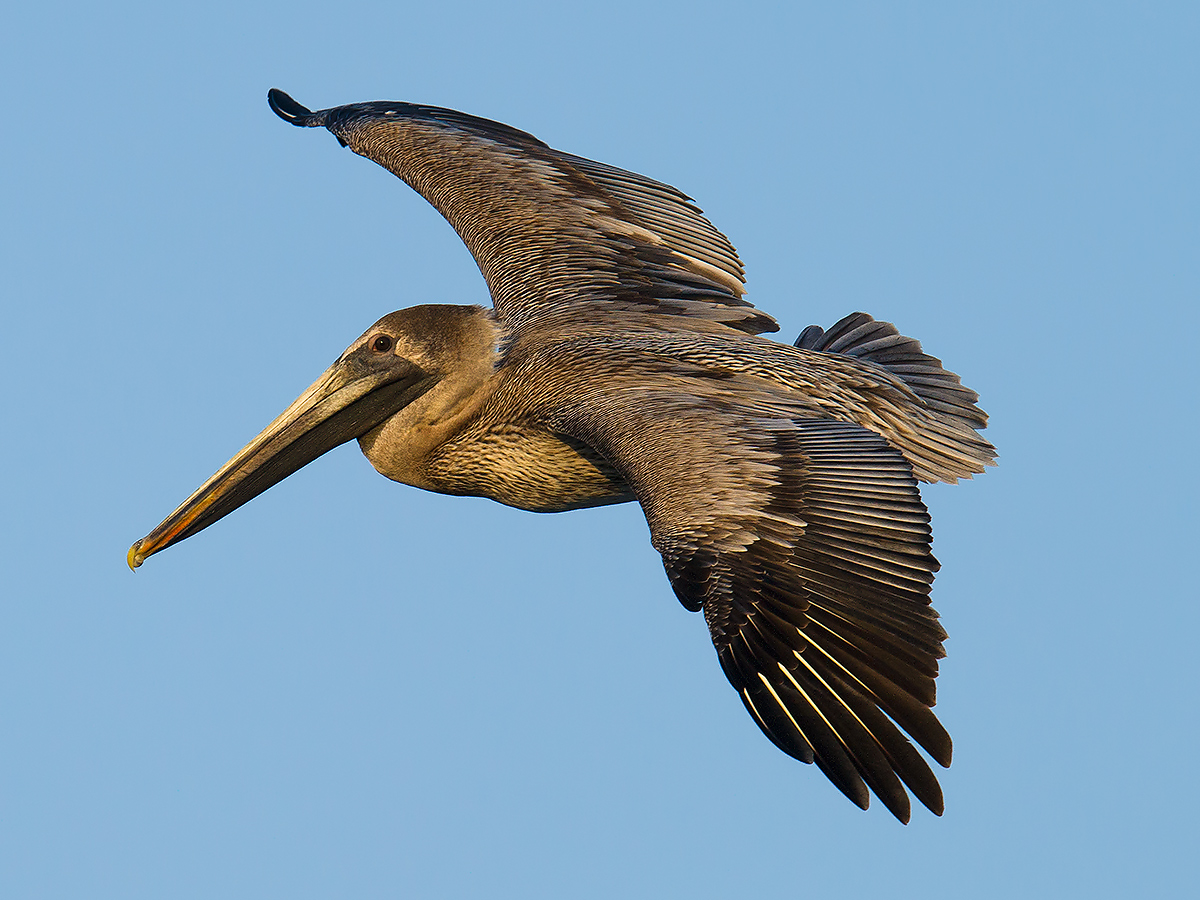
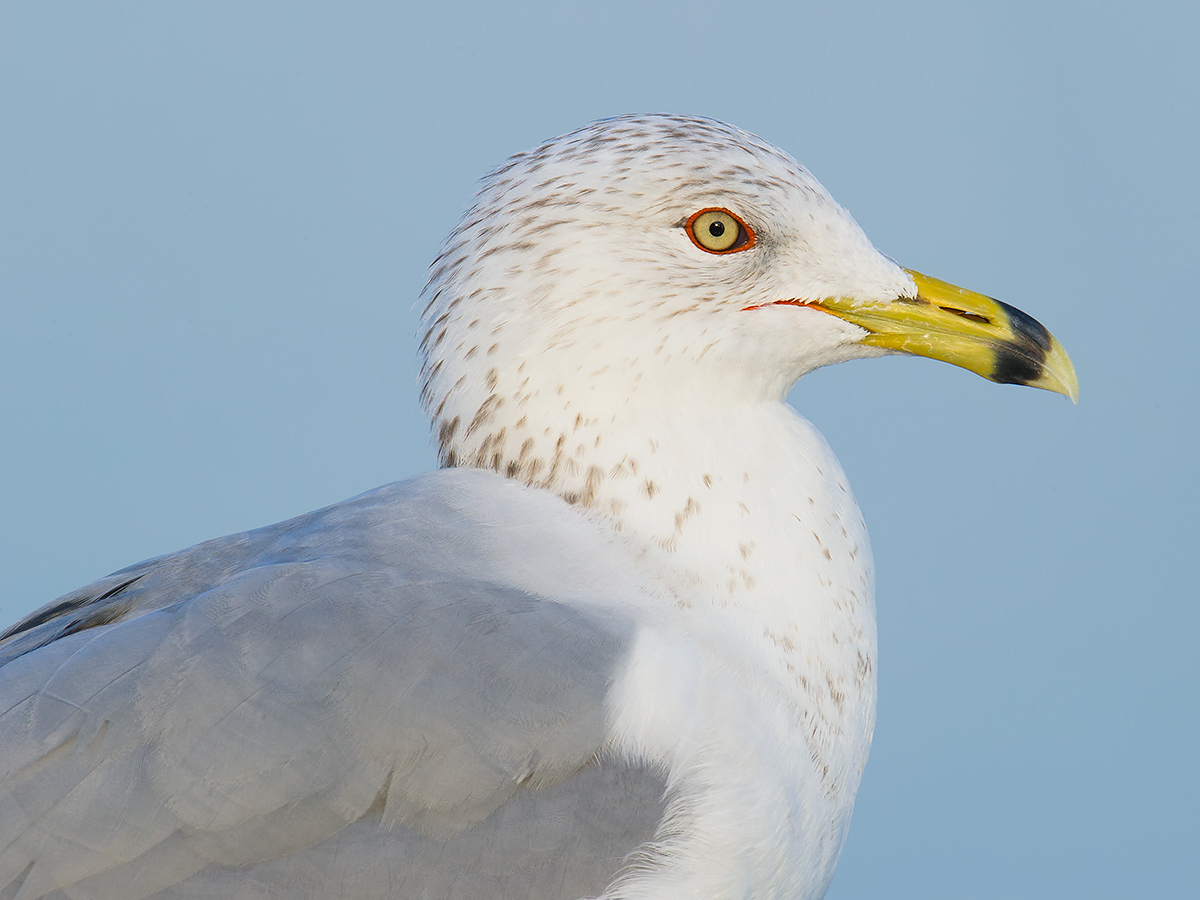
BIRDING BOTH COASTS
We enjoyed great coastal birding at Merritt Island National Wildlife Refuge on Florida’s Atlantic coast and J. N. “Ding” Darling NWR on the Gulf of Mexico coast. Among the most beautiful birds was Roseate Spoonbill Platalea ajaja, cousin of Shanghai’s Black-faced Spoonbill P. minor. We also found American White Pelican and Yellow-crowned Night Heron.
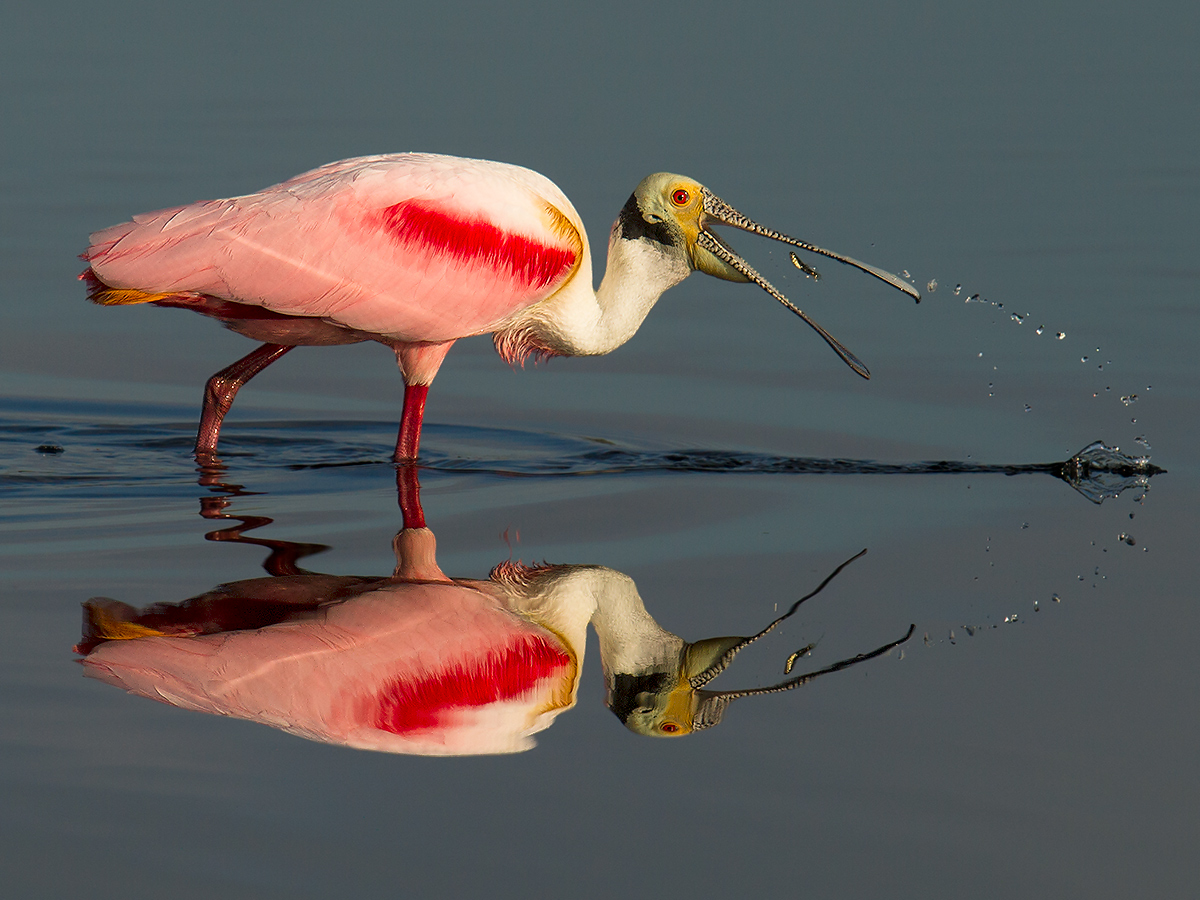
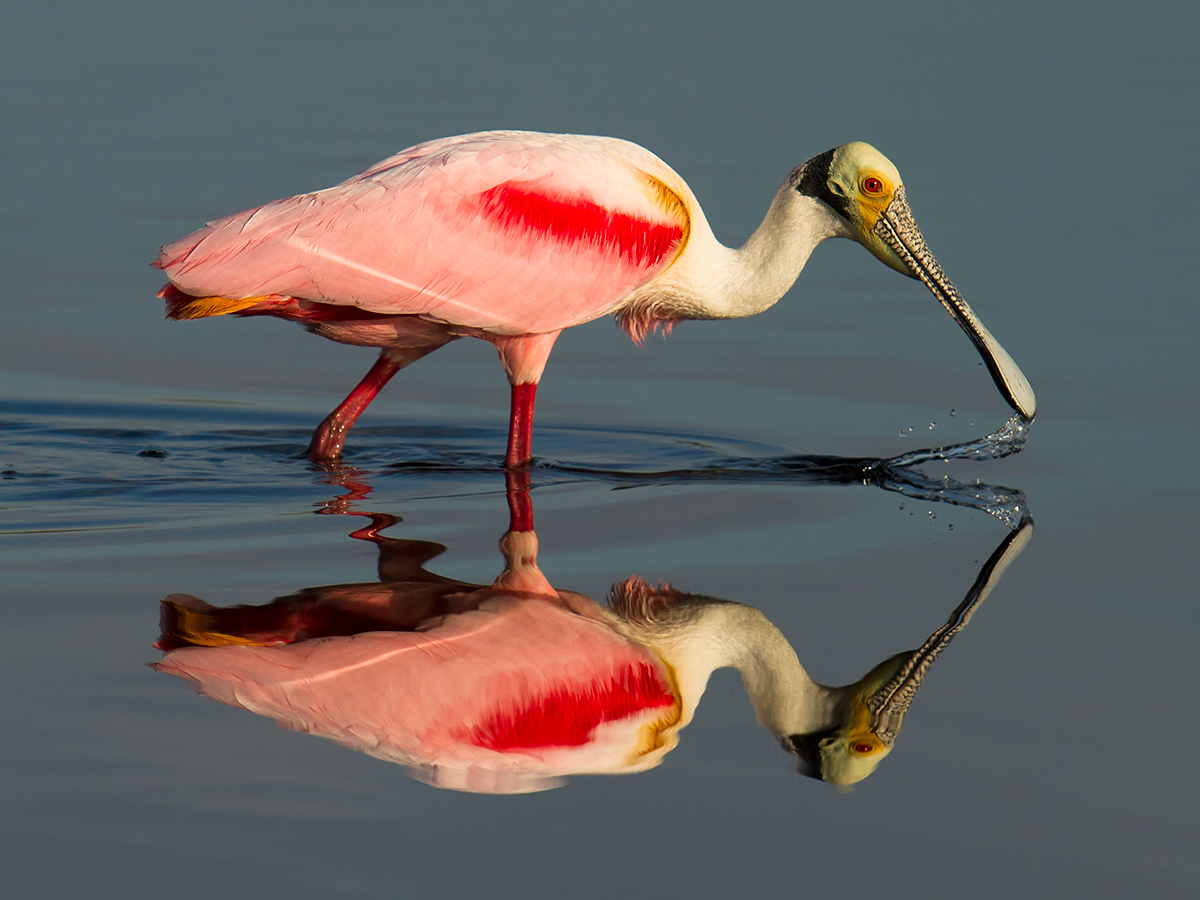
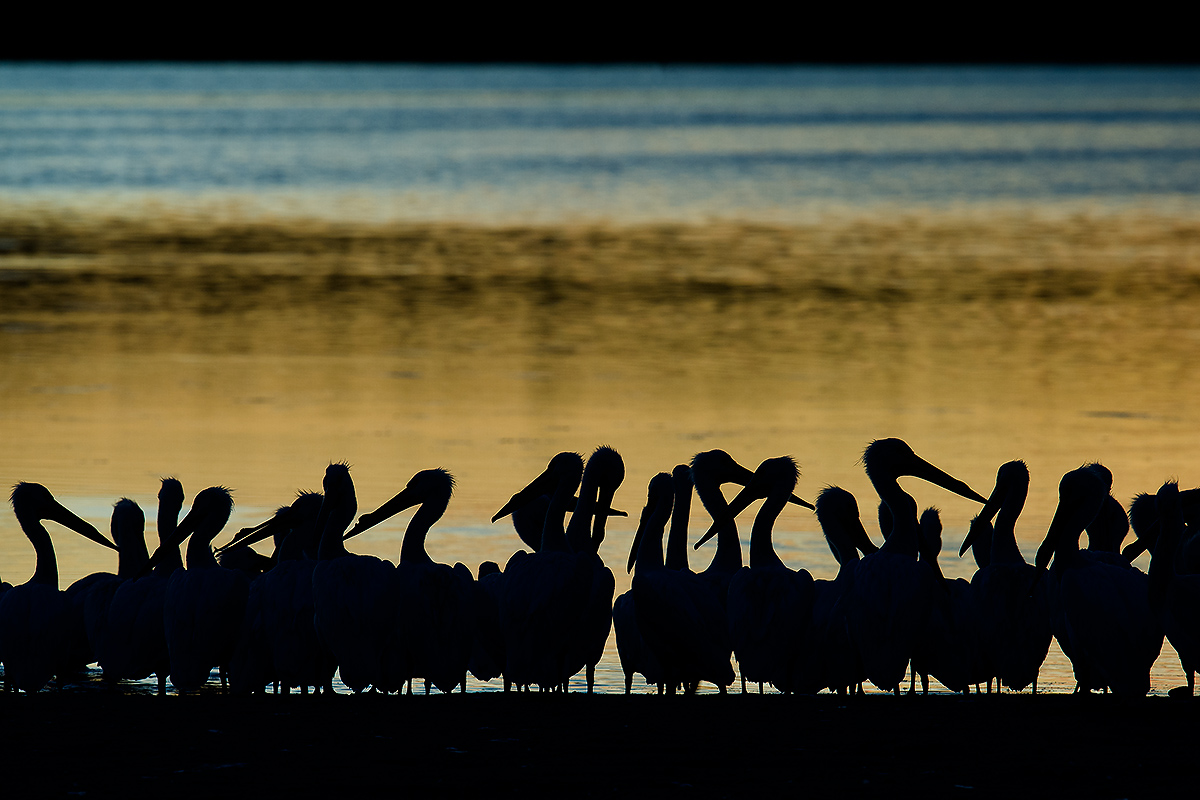
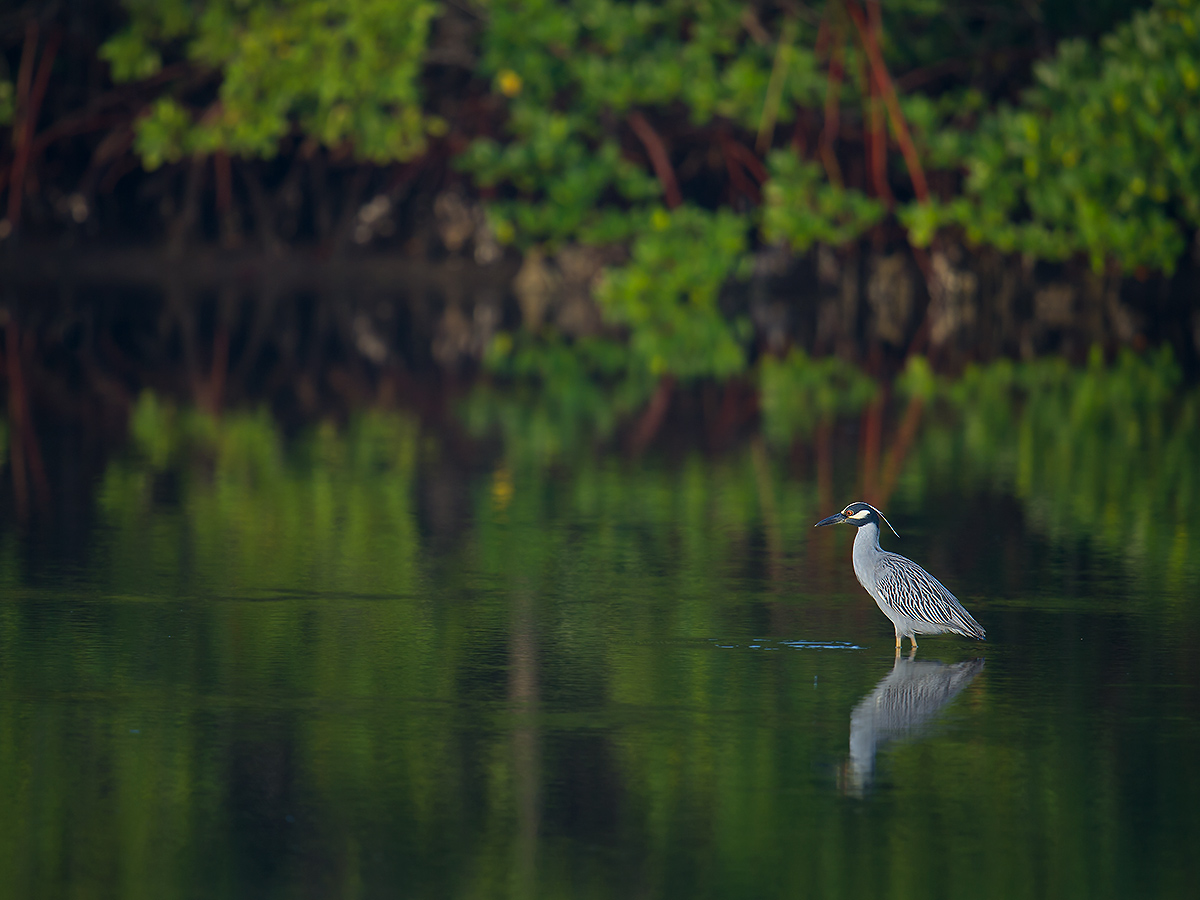
10 LIFE BIRDS IN BAHAMAS
During a cruise to celebrate my parents’ 50th wedding anniversary, Elaine and I had 10 life birds in Nassau. Although close to the North American mainland, The Bahamas holds various taxa rarely noted in Florida, among them Red-legged Thrush Turdus plumbeus and the endemic hummingbird Bahama Woodstar. We had visible migration in the form of a Northern Parula that appeared on our cruise ship while the vessel was far out at sea.
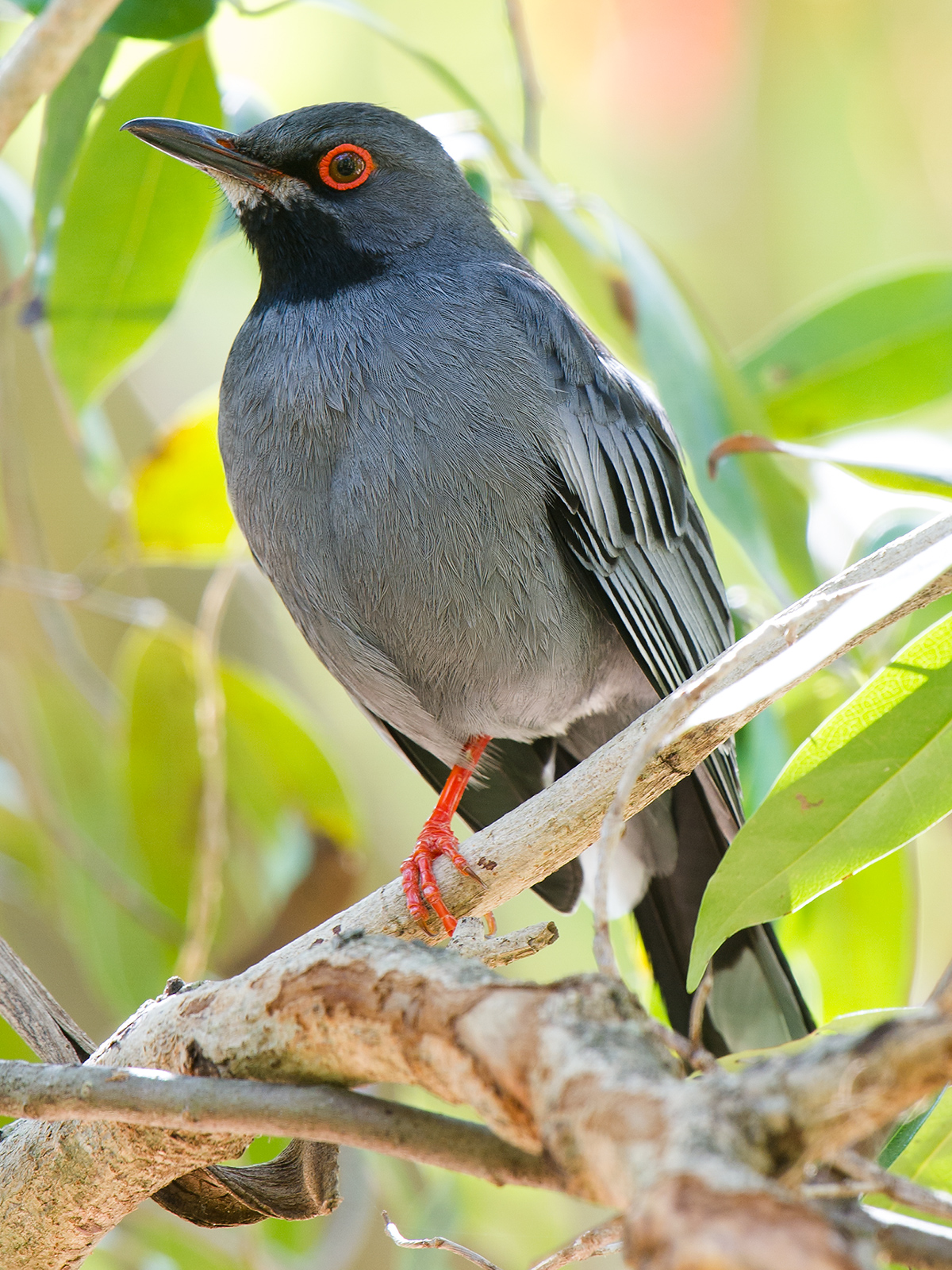
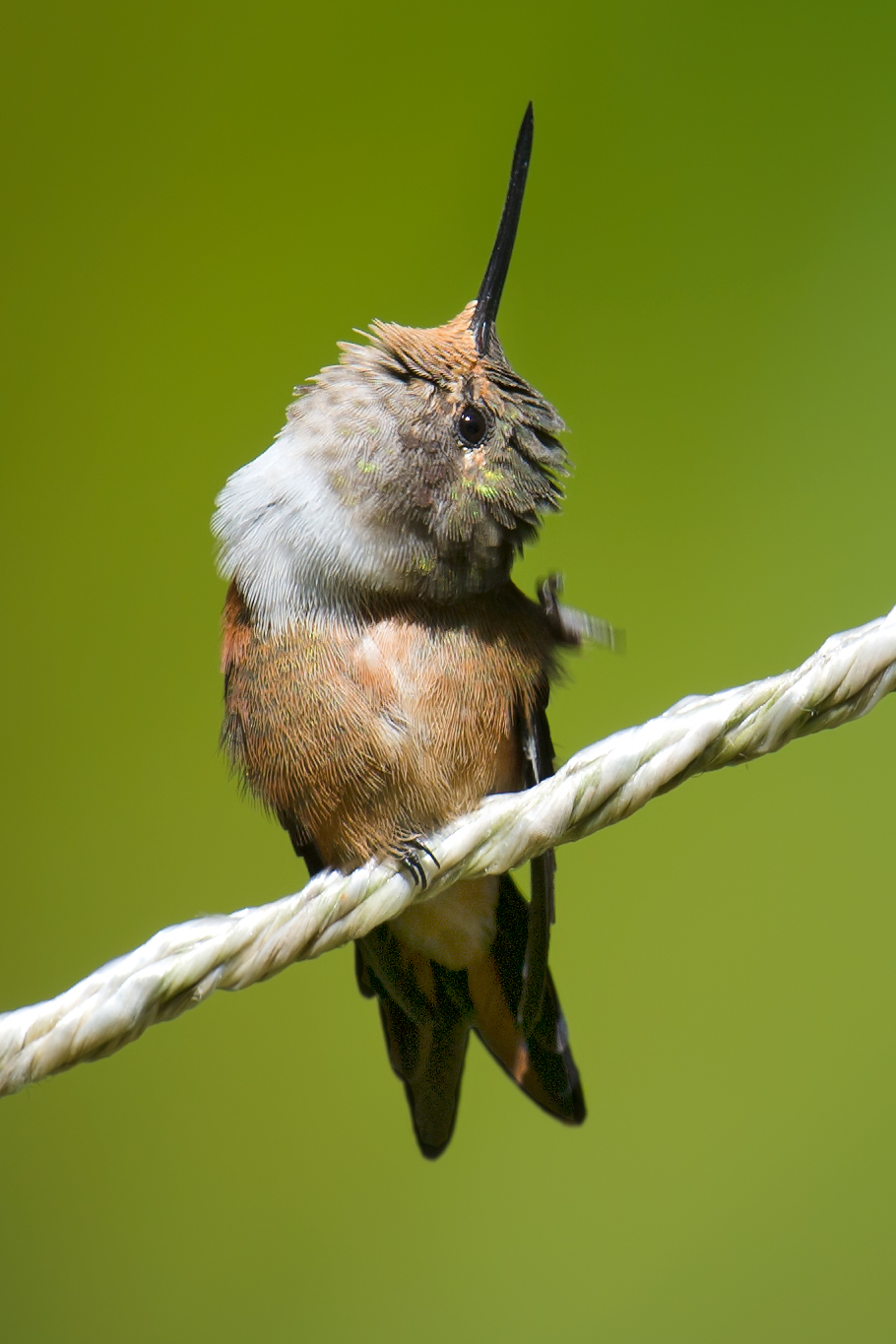
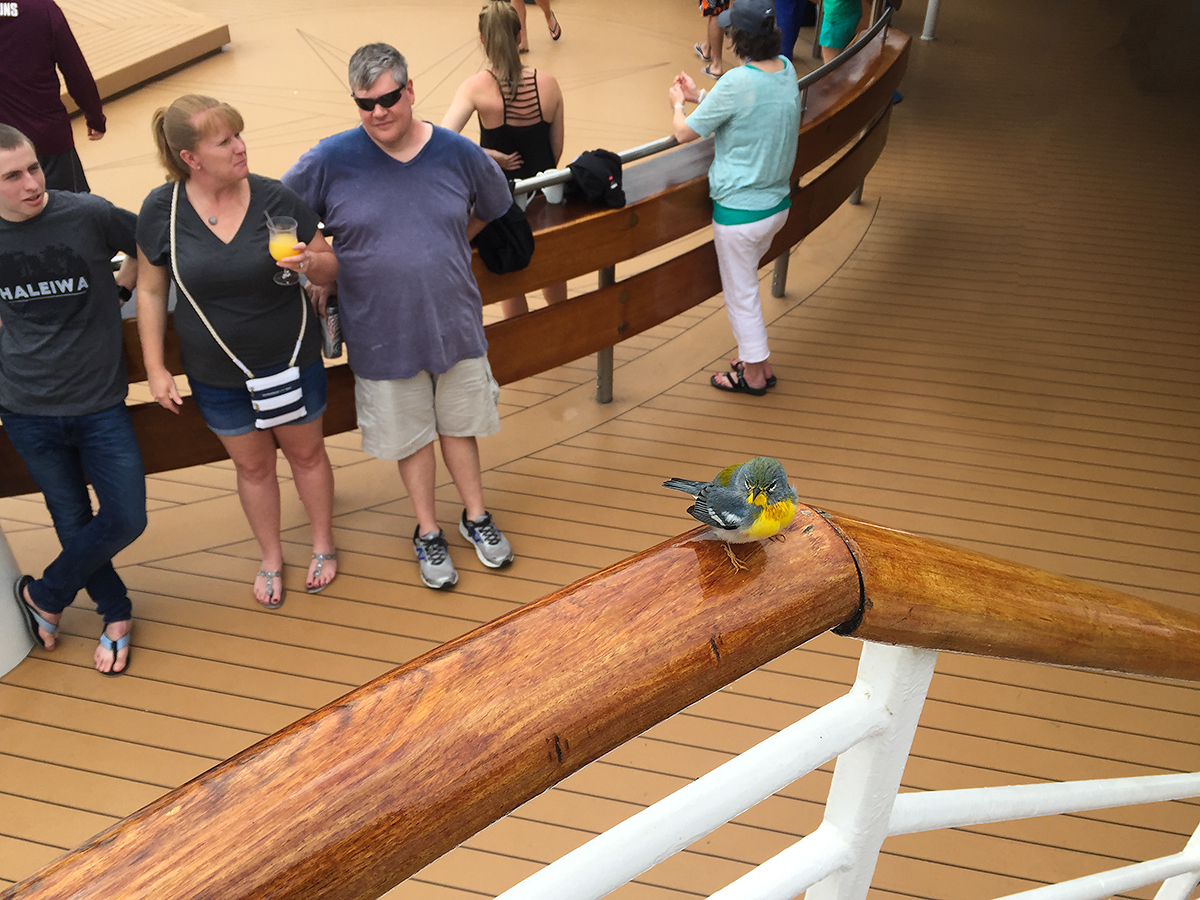
FOCUS ON PHOTOGRAPHY
In the United States poaching is rare, and the unwary as well as the secretive birds survive. Elaine and I were able to get close to various species and with little trouble achieve excellent photos. Because the air in Florida is clean, the light is often exquisite, and the photos, especially those taken early and late in the day, really pop. Here is Eastern Meadowlark from Osceola County and Cooper’s Hawk Accipiter cooperii from Sanibel Island. In Nassau I got close to wintering Ovenbird.
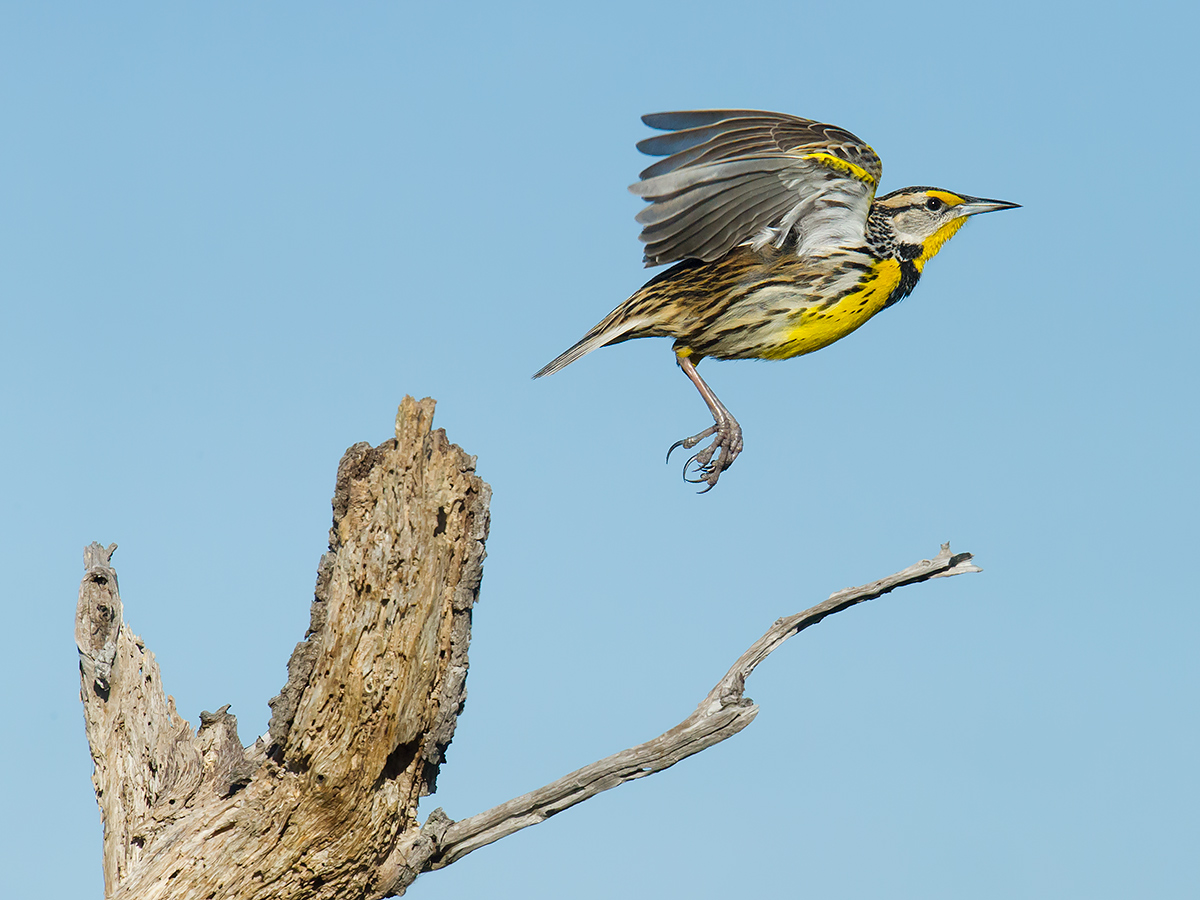
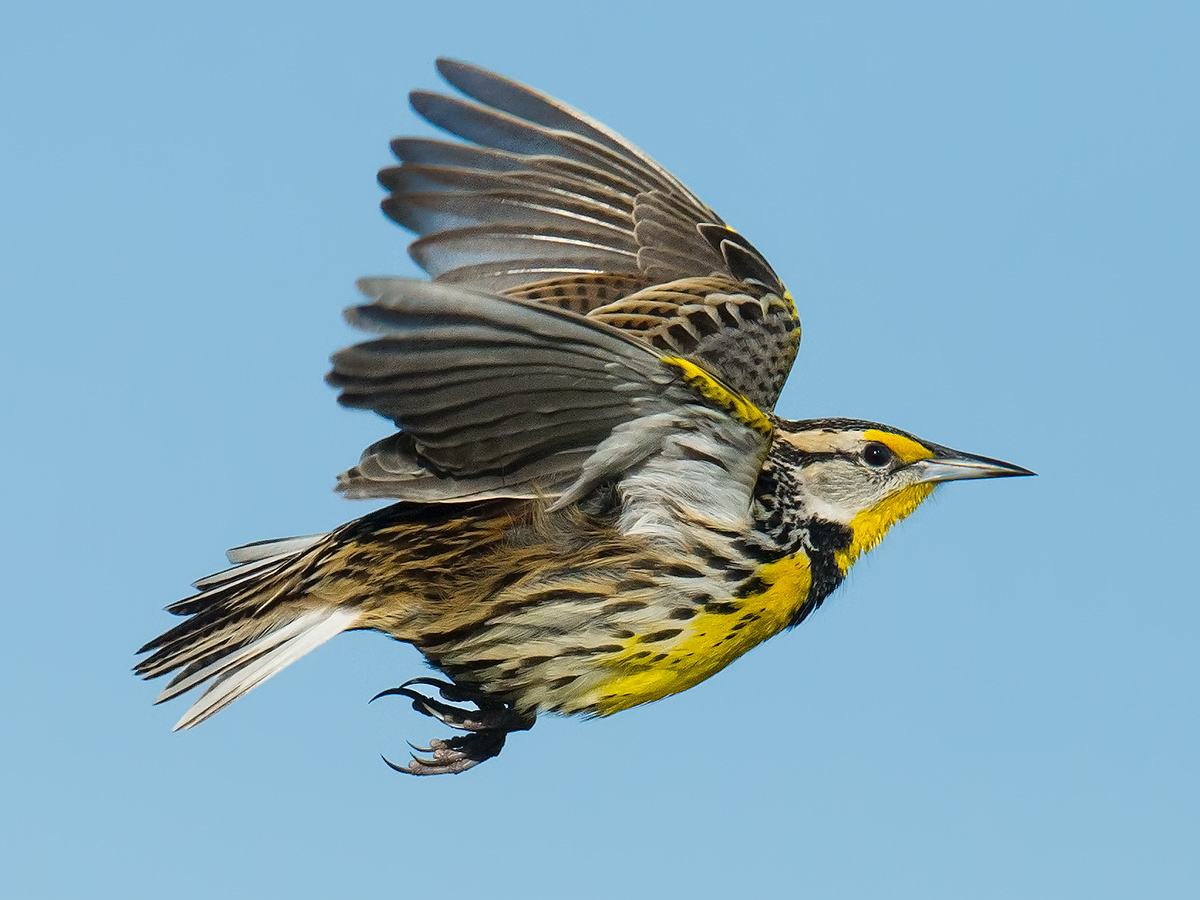
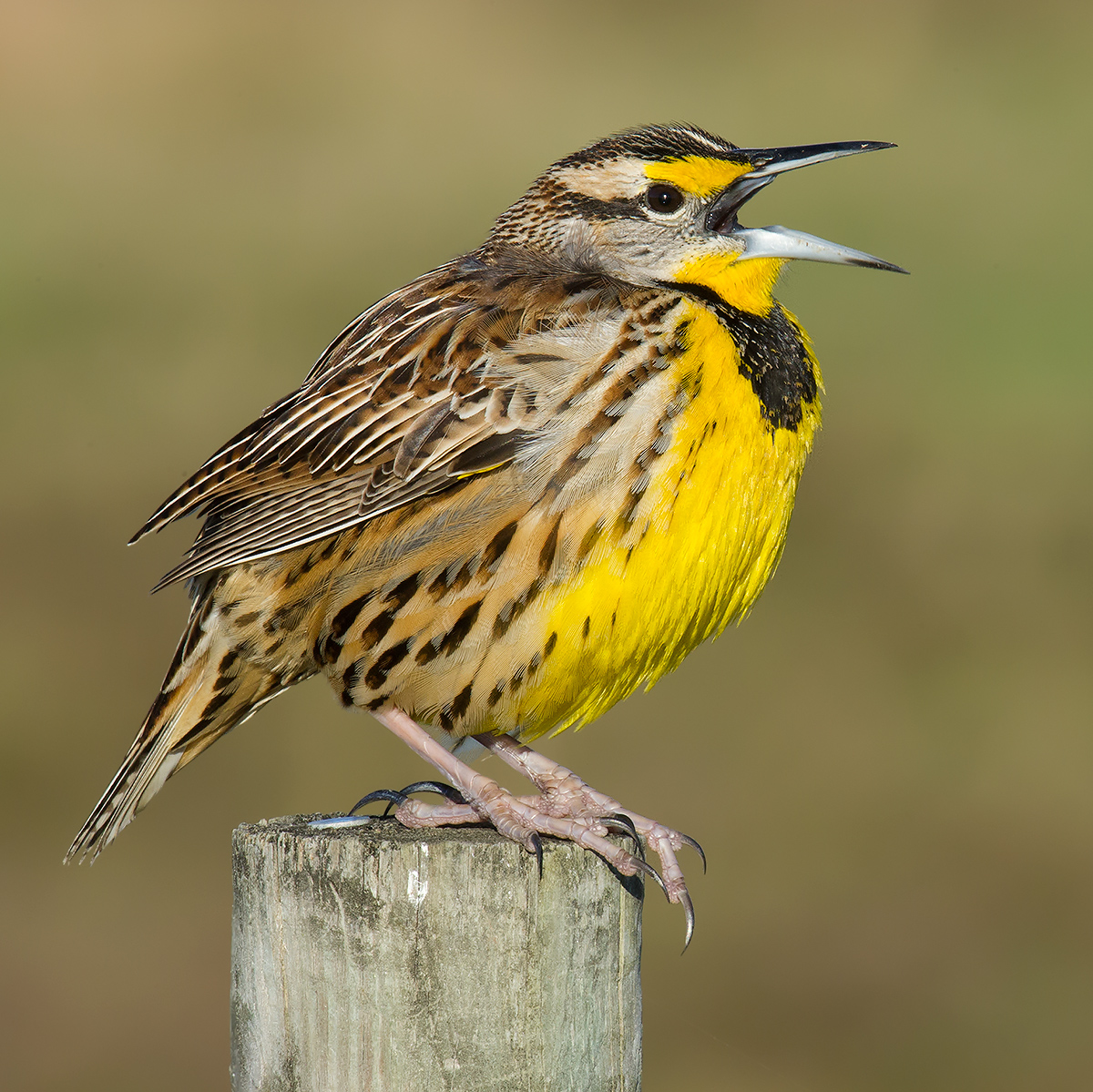
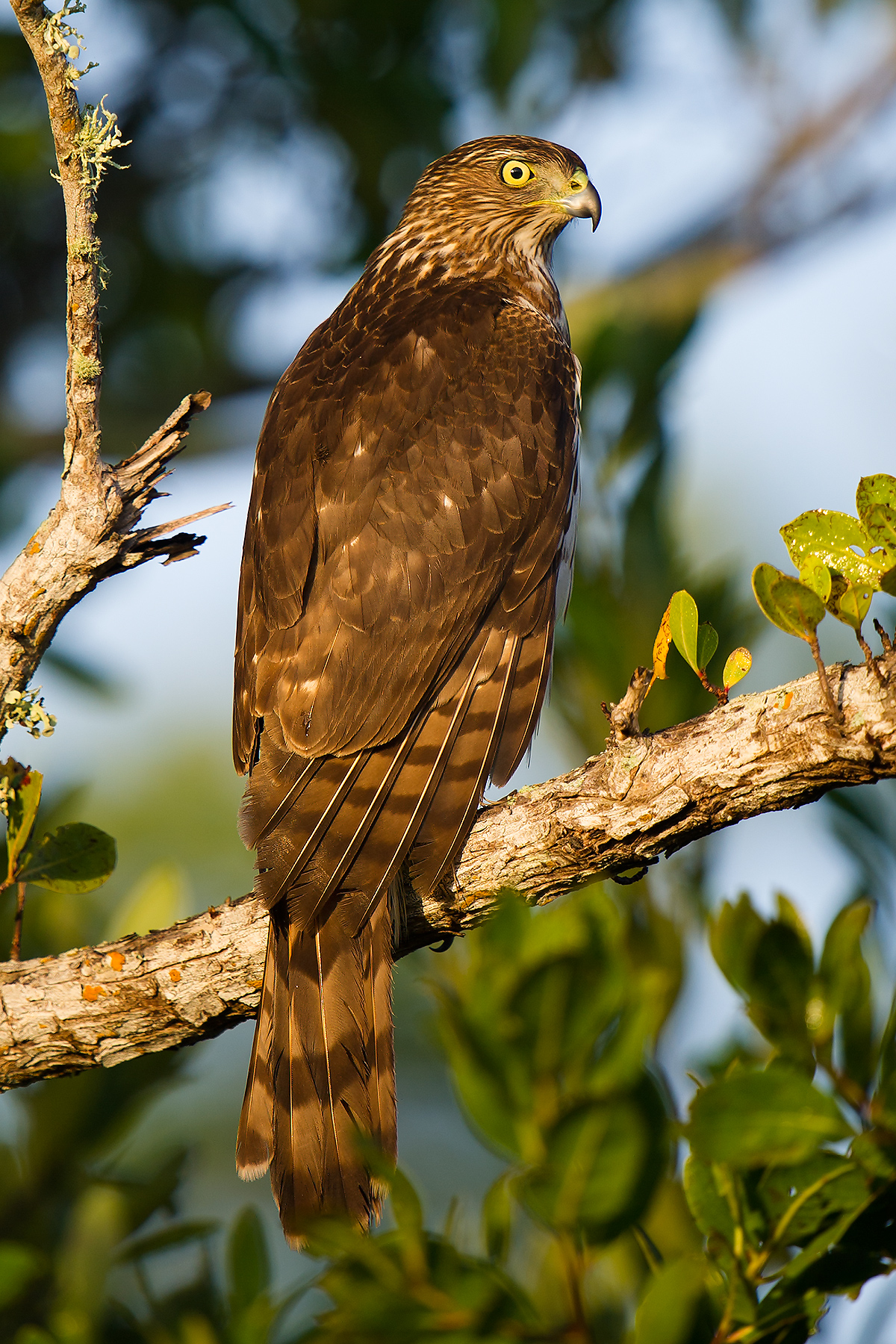
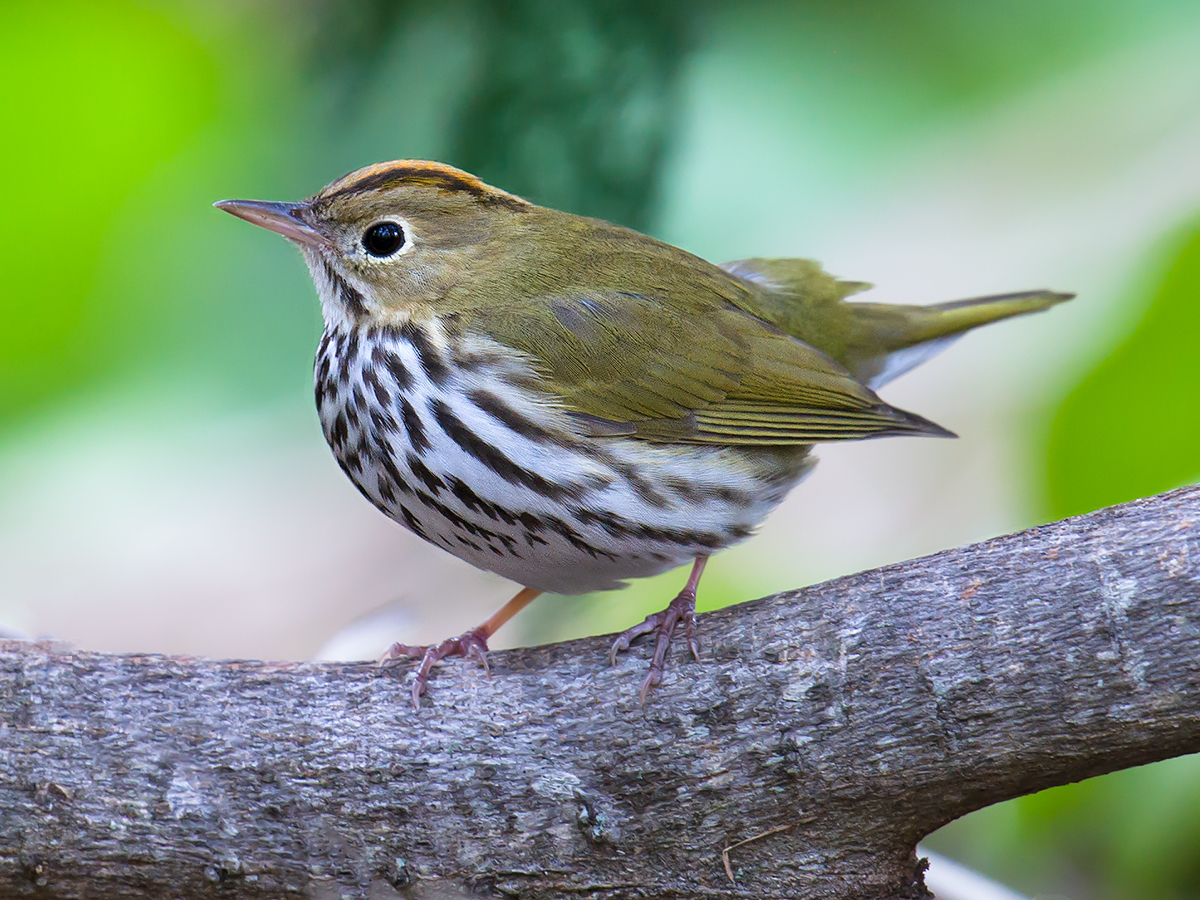
OTHER HIGHLIGHTS
Red-cockaded Woodpecker is one of the few birds endemic to the United States. Northern Crested Caracara is a New World member of the falcon family. Its diet includes carrion, and here it was feeding on a dead raccoon.
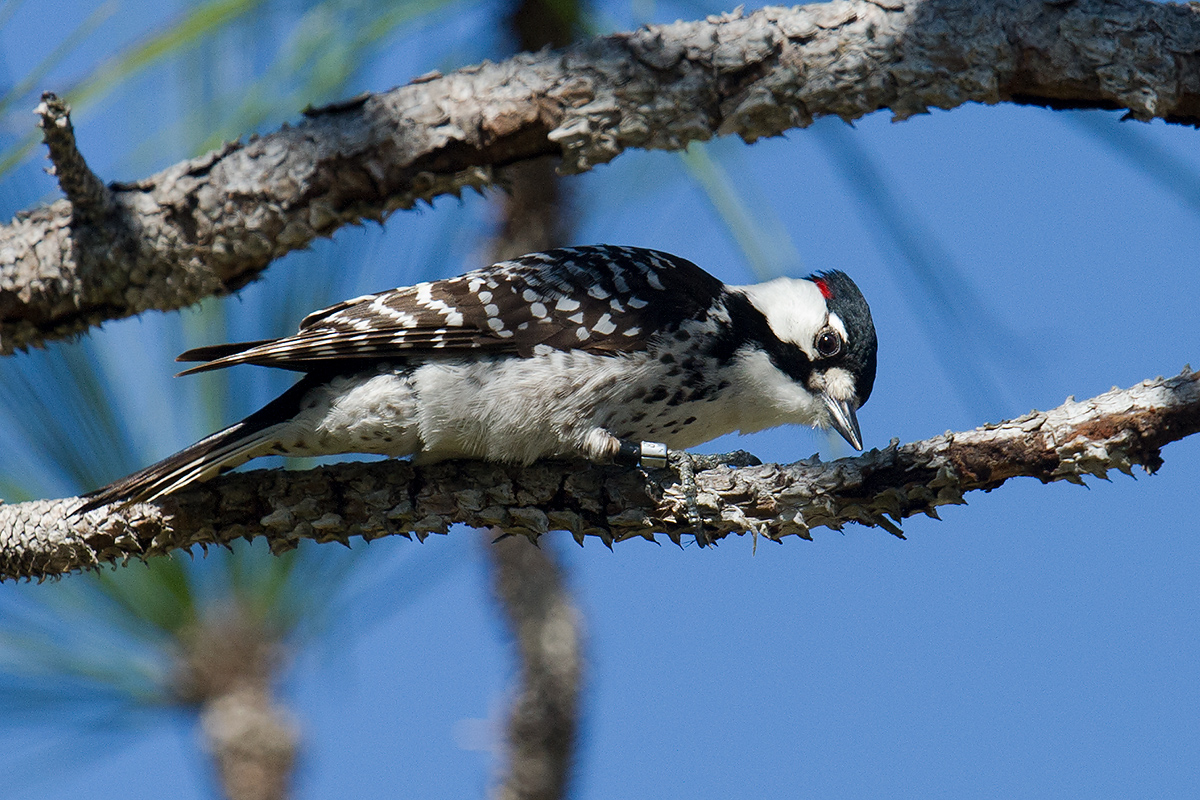
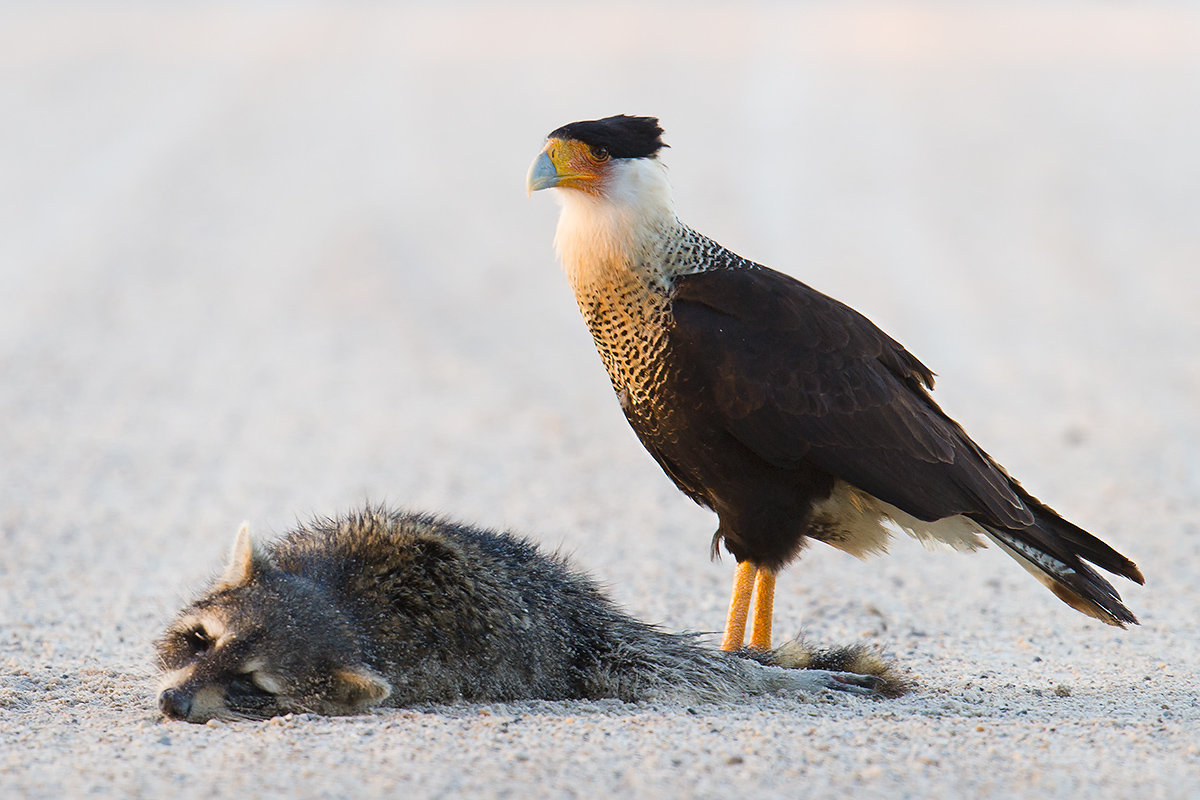
Sedge Wren is a winter visitor to Florida; White-eyed Vireo breeds in the Sunshine State. Black-and-white Warbler moves up and down tree trunks like a nuthatch.
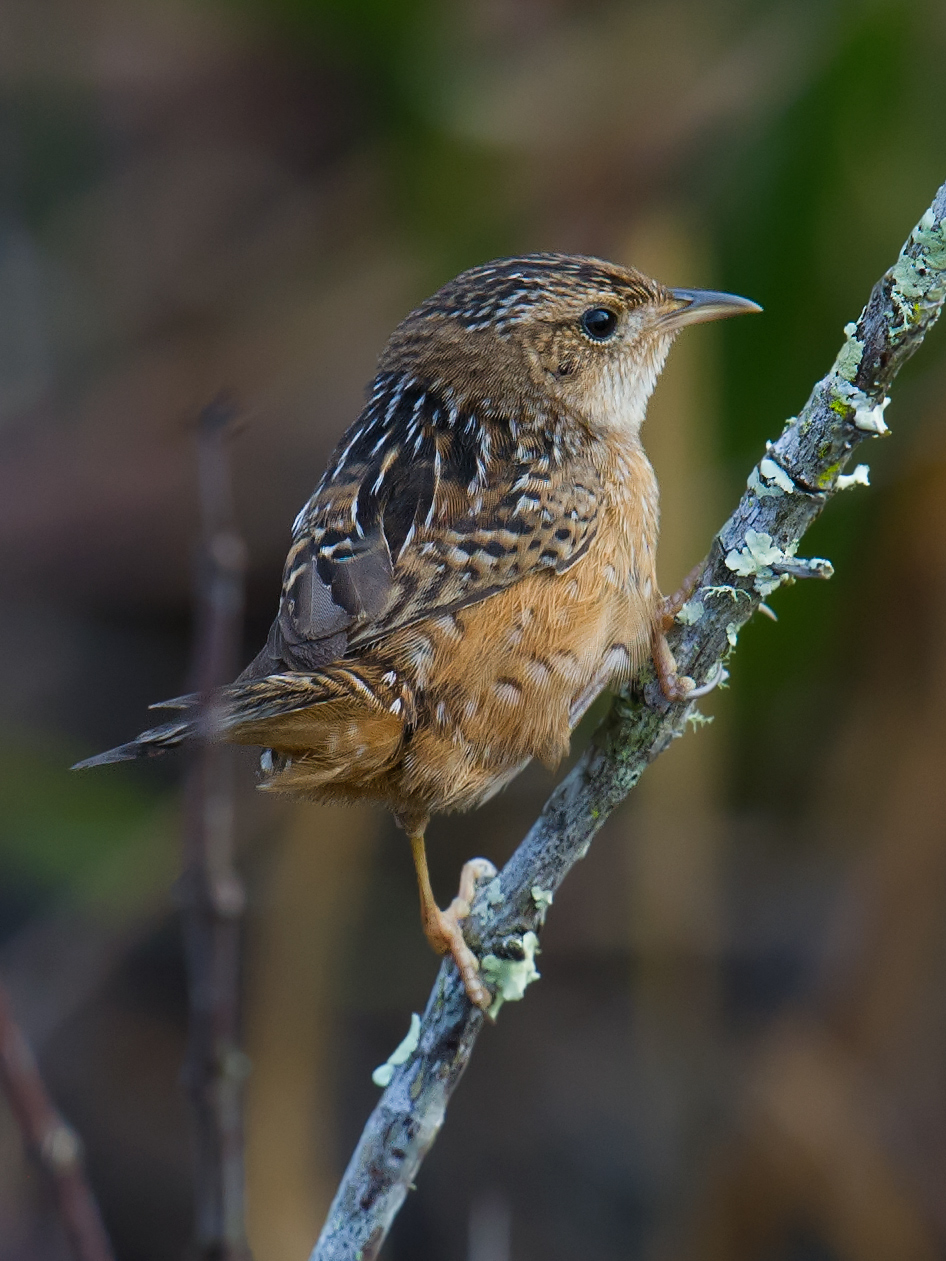
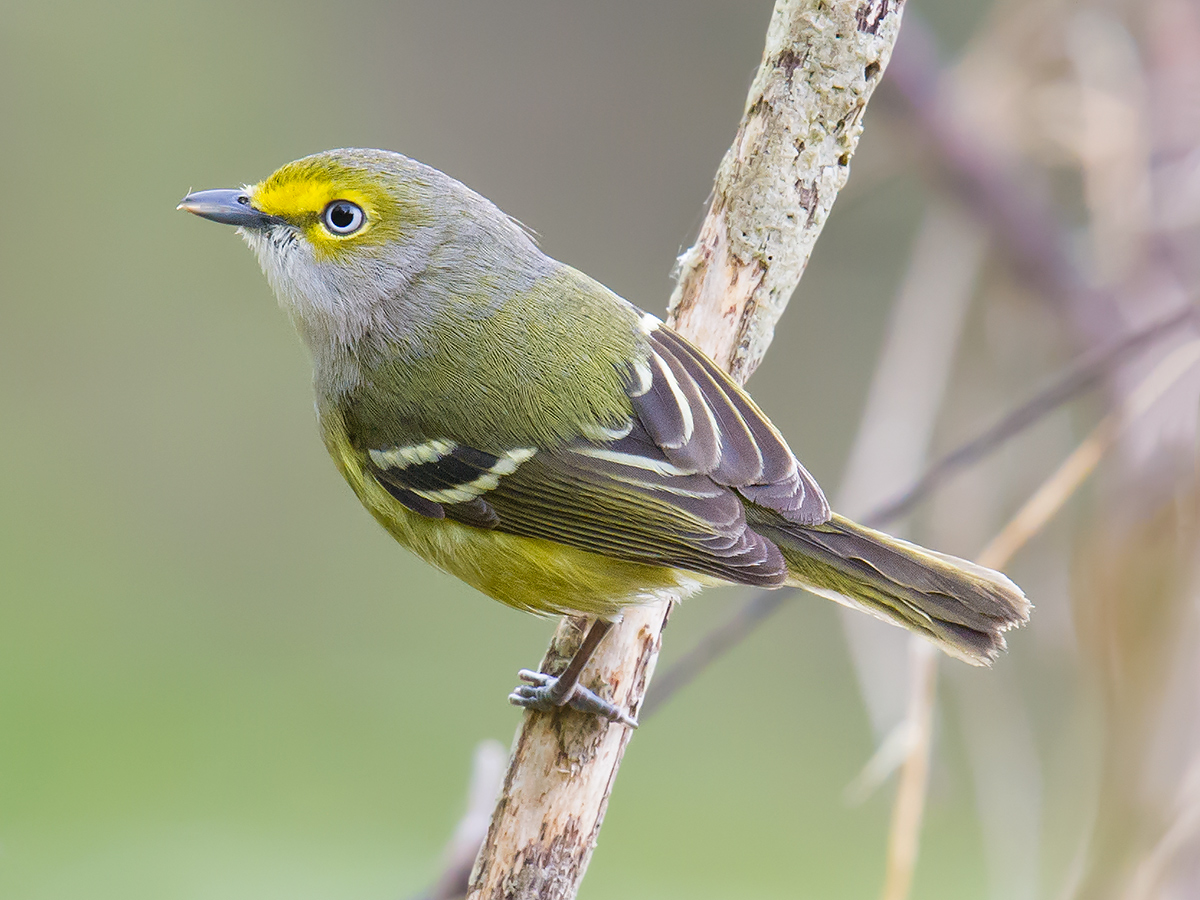
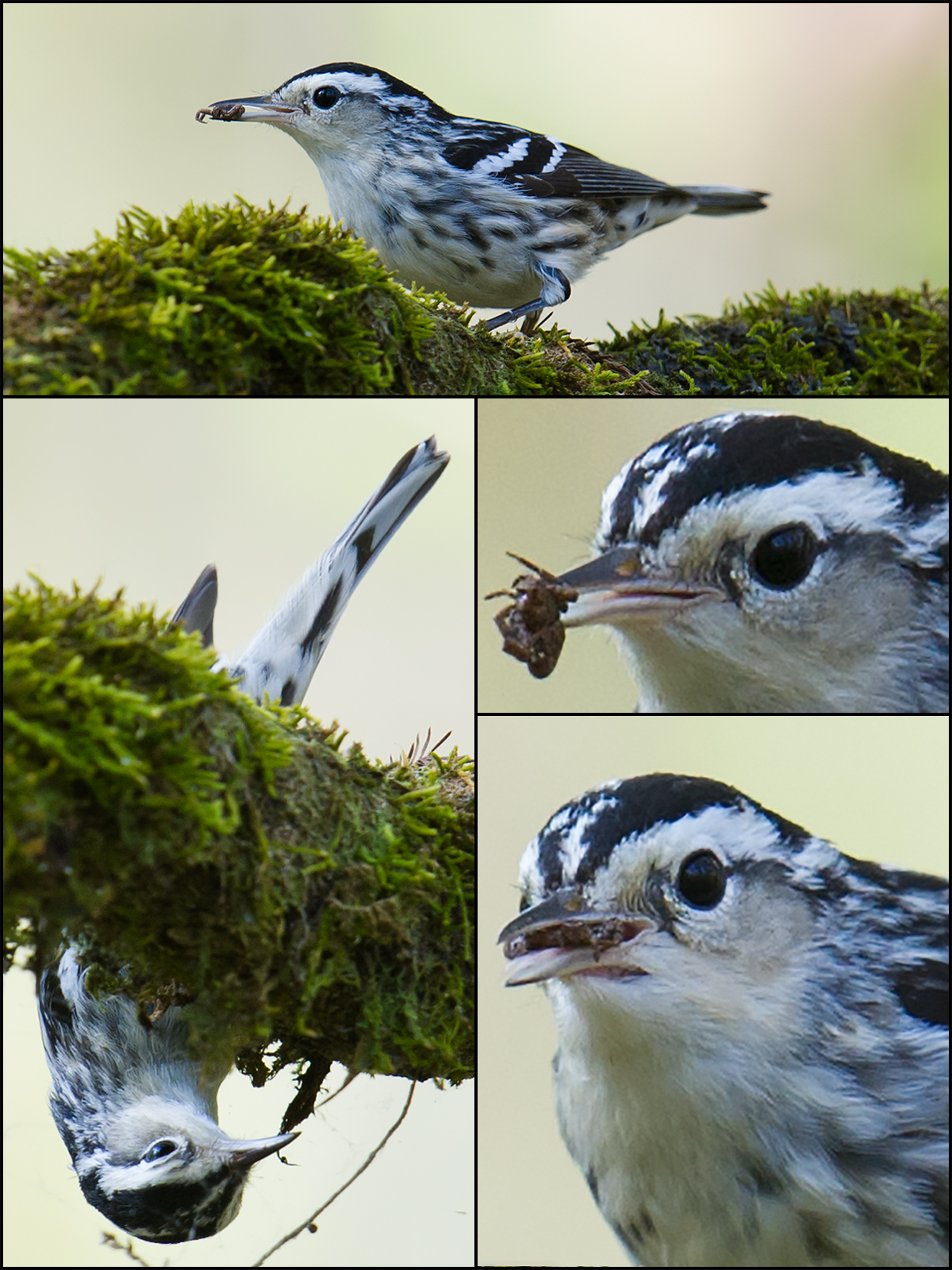
A cosmopolitan species, Glossy Ibis Plegadis falcinellus inhabits the coastal eastern United States and has been recorded in southeast China. Neither heron nor rail, Limpkin is most closely related to cranes.
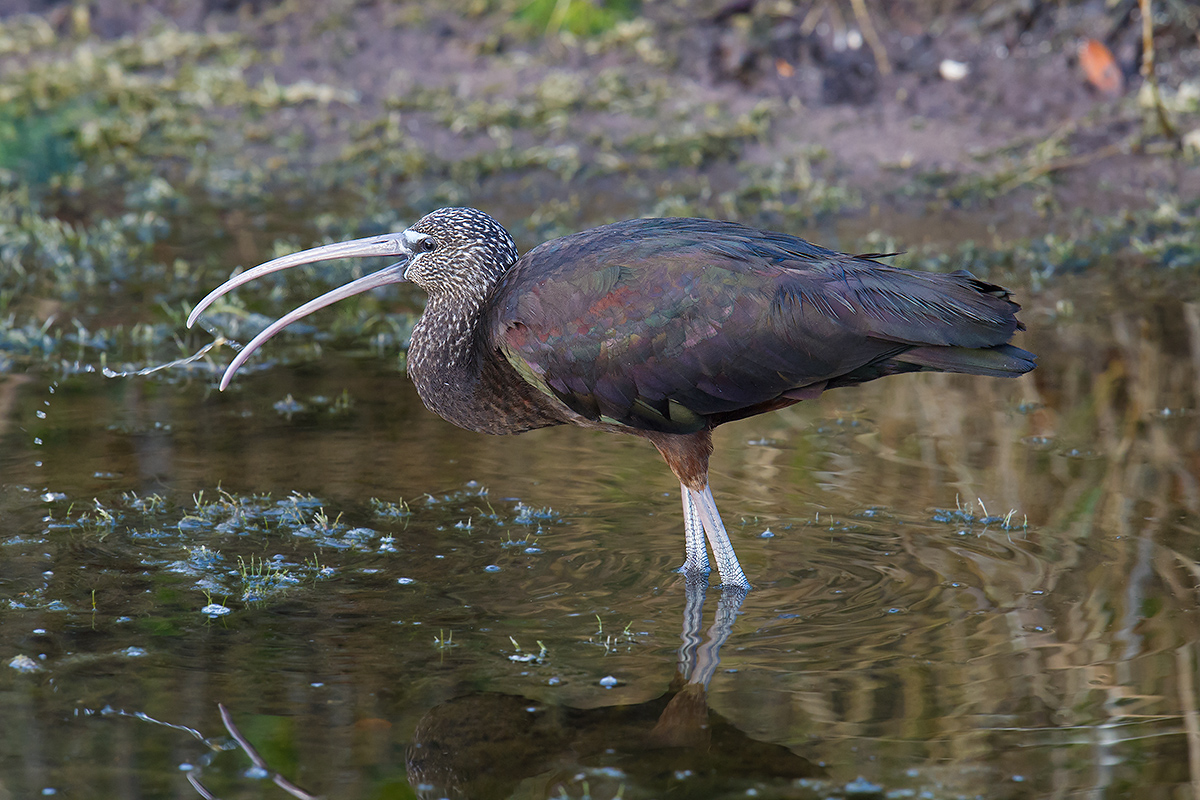
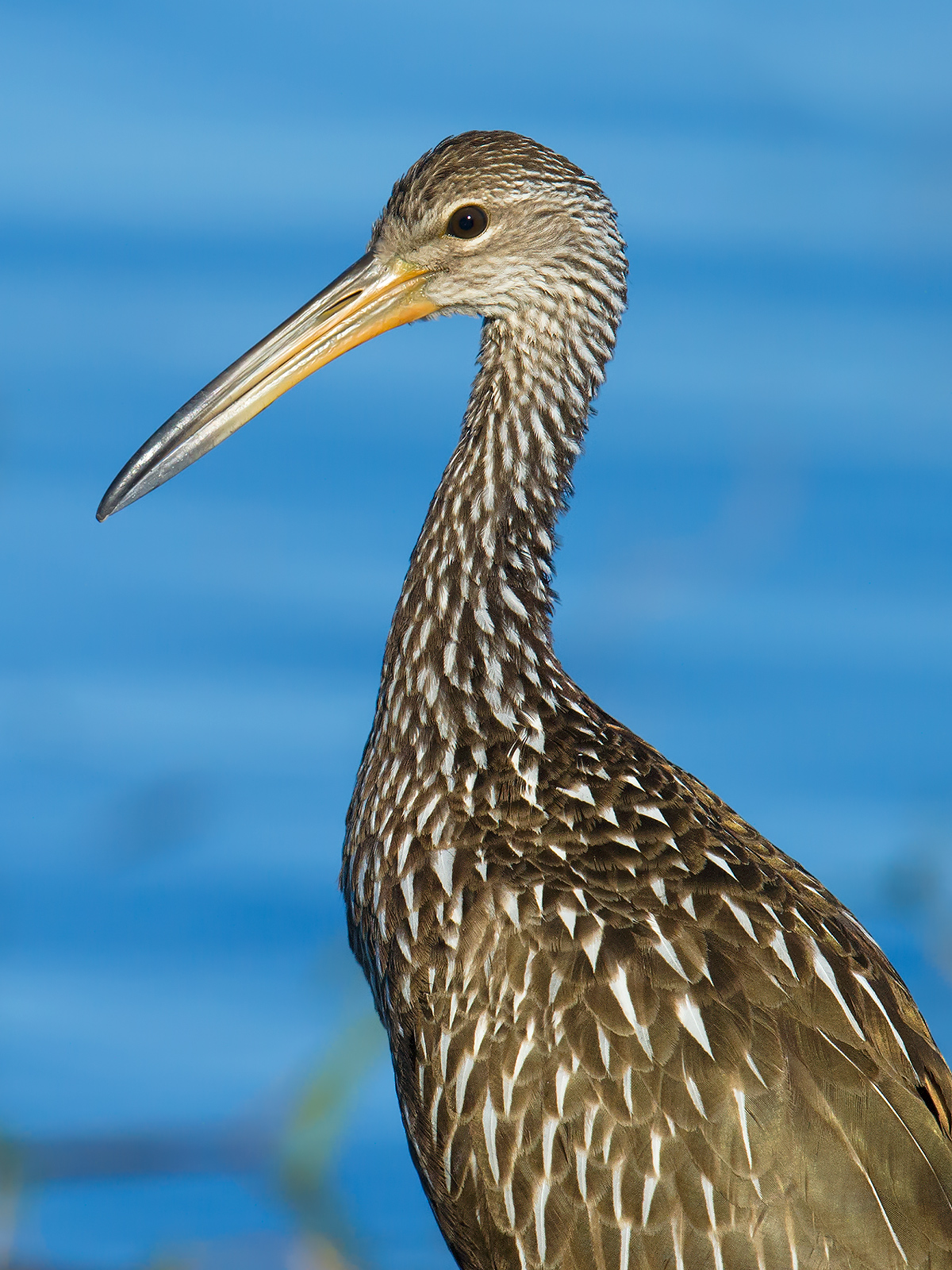
American Bittern Botaurus lentiginosus and Barred Owl Strix varia represent genera well-known to Shanghai birders.
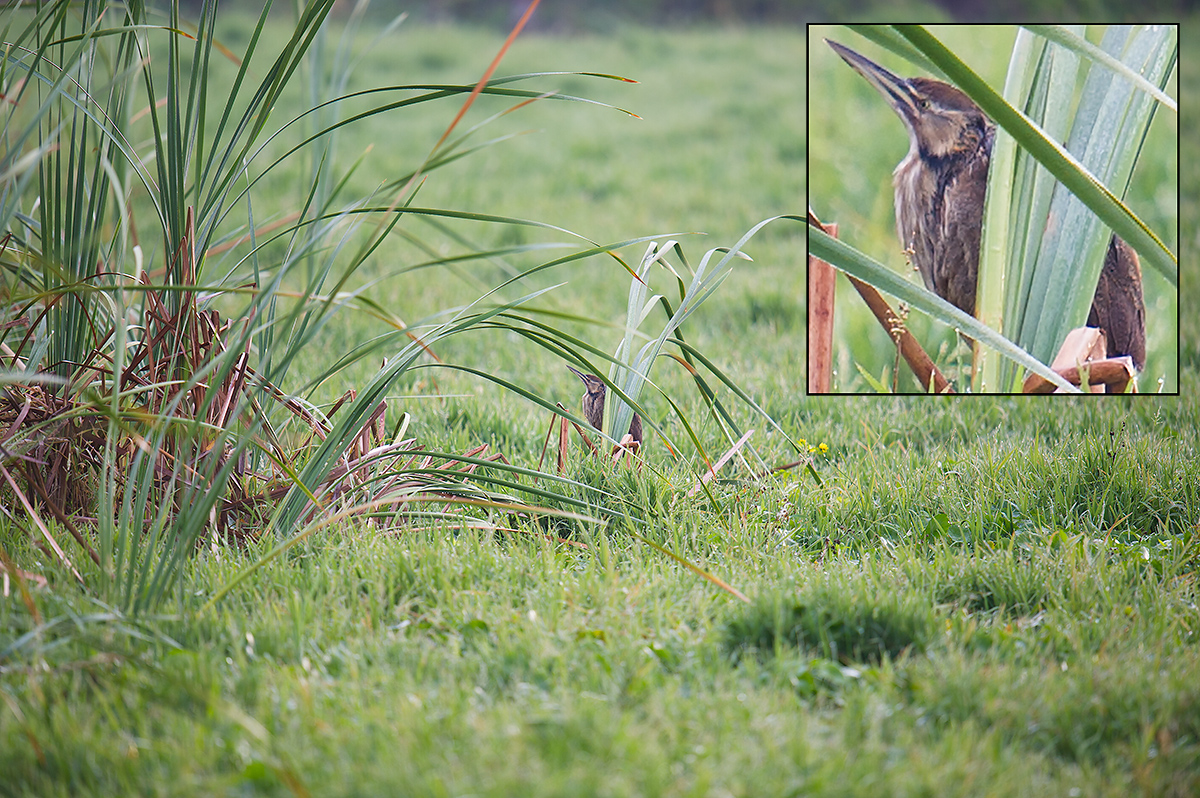
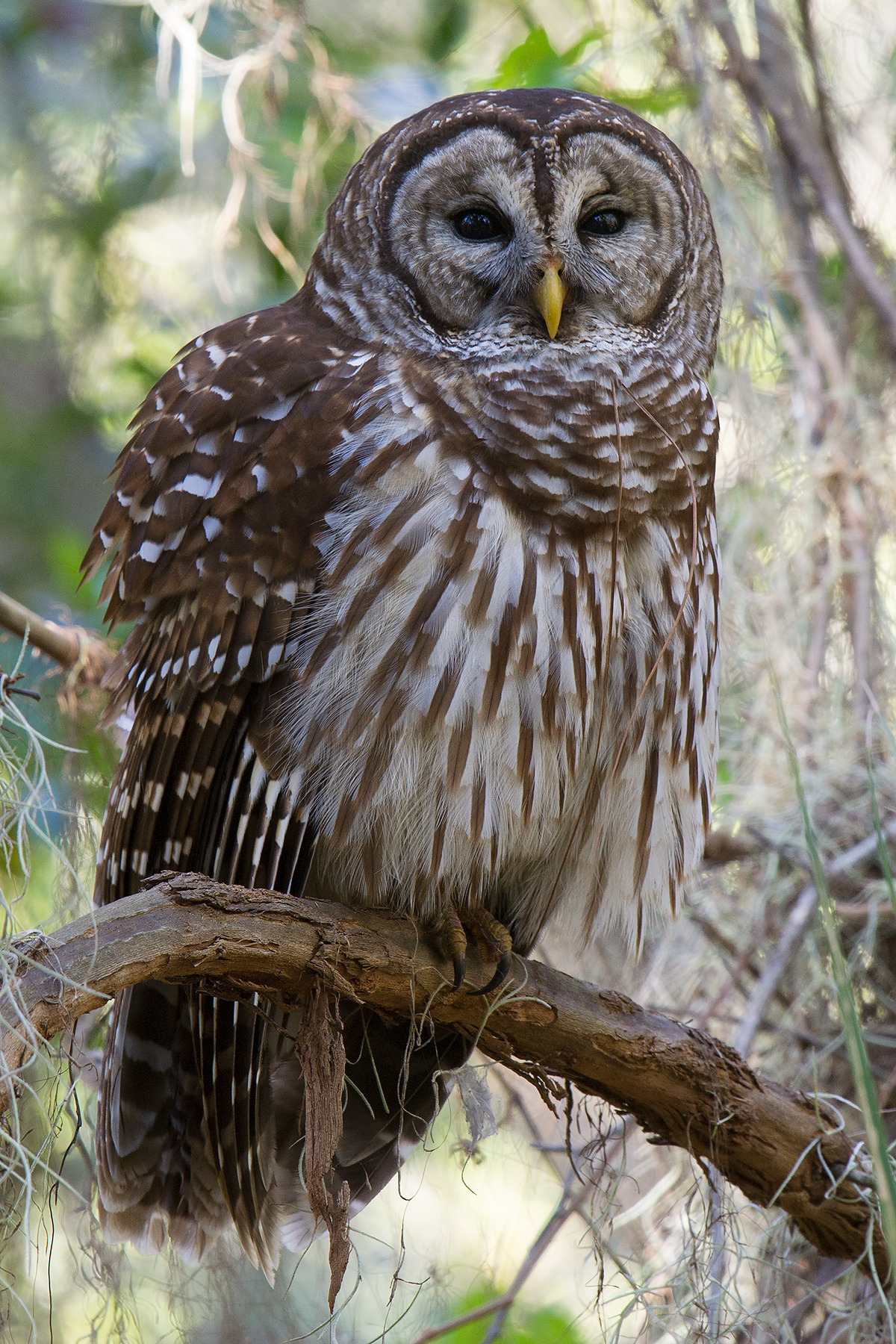
My Equipment
I use a Nikon D3S and Nikkor 600 mm F/4. I mount my lens and camera atop a Manfrotto MT055CXPRO3 carbon fiber tripod and MVH502AH video head. I use my iPhone 6 for landscape shots.

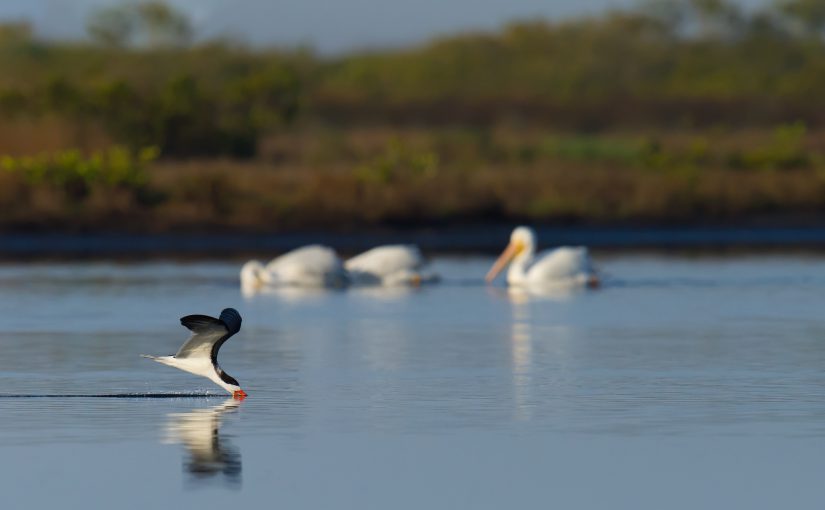
What a fantastic job on posting the pictures you took while in Florida.